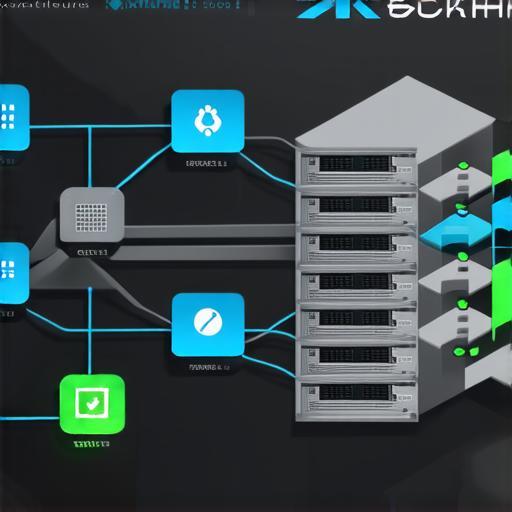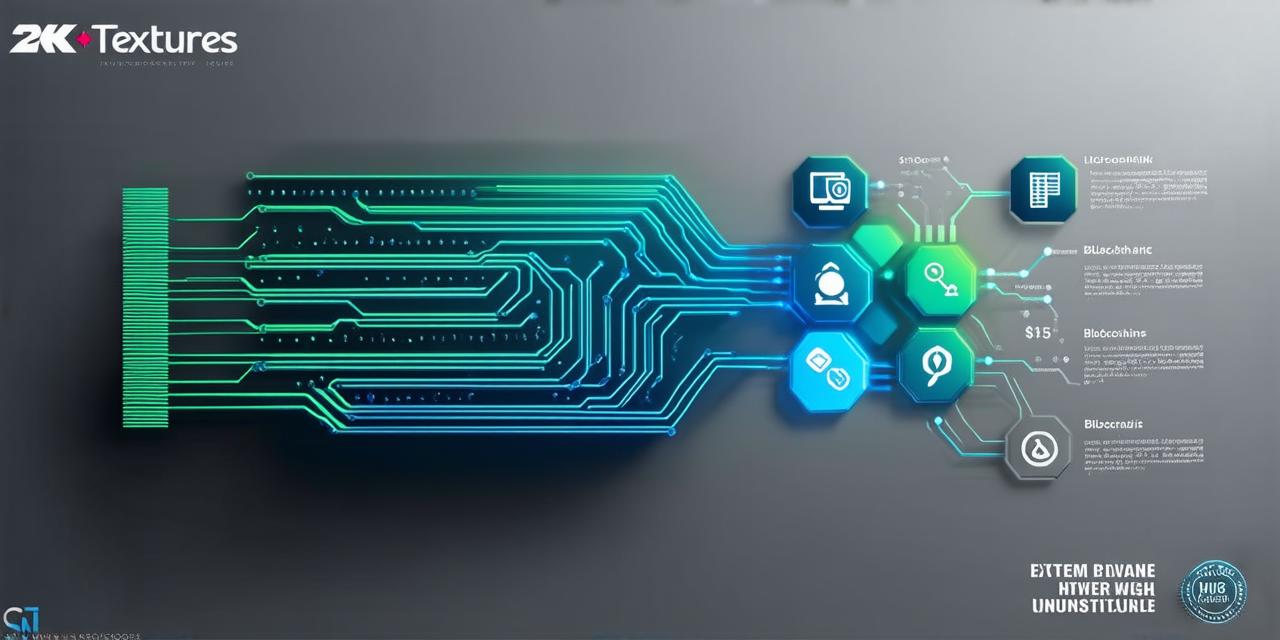As blockchain technology continues to evolve and mature, it’s essential for developers to understand the fundamental components that make up these decentralized networks. One such component is the blockchain node, which serves as the backbone of the network by validating transactions, storing data, and broadcasting information to other nodes in the network. In this article, we will explore what blockchain nodes are, how they work, and why they are crucial for maintaining the integrity and security of decentralized networks.
What are Blockchain Nodes?
A blockchain node is a device that maintains a copy of the entire blockchain, including all its data and transactions. Each node in the network has a unique identifier (ID) and operates independently to validate new transactions and maintain the integrity of the blockchain. The nodes are connected to each other through a peer-to-peer (P2P) network, which allows them to communicate with each other and share information about the network’s state.
When a new transaction is broadcast to the network, it is first validated by one or more nodes in the network. The nodes use complex algorithms to verify the transaction’s authenticity, ensure that it conforms to the blockchain’s rules, and add the transaction to their local copy of the blockchain. Once all the nodes have verified the transaction, it becomes part of the permanent ledger and is broadcast to other nodes in the network.
Why are Blockchain Nodes Important?
Blockchain nodes are essential for maintaining the integrity and security of decentralized networks. They serve as a distributed database that stores all the data and transactions on the blockchain, which makes it nearly impossible for any single entity to control or manipulate the network’s state. This decentralization ensures that the network is resistant to censorship, fraud, and other forms of tampering, making it ideal for applications such as cryptocurrencies, supply chain management, and voting systems.
In addition to maintaining the integrity of the blockchain, nodes also help to ensure the scalability and performance of decentralized networks. Each node in the network has its own processing power, which allows it to validate transactions and maintain the network’s state independently. This means that as more users join the network, the network can handle a higher volume of transactions without slowing down or becoming unresponsive.
Case Studies: Real-World Examples of Blockchain Nodes in Action

Bitcoin Network
The Bitcoin network is perhaps the most well-known example of a blockchain network that relies heavily on nodes to maintain its integrity and performance. The Bitcoin network has over 200,000 nodes worldwide, which collectively validate approximately 1,000 transactions per second. The nodes in the Bitcoin network are operated by individuals and organizations around the world, making it highly resistant to censorship and tampering.
Ethereum Network
The Ethereum network is another example of a blockchain network that relies on nodes to maintain its integrity and performance. The Ethereum network has over 20,000 nodes worldwide, which validate approximately 15 transactions per second. In addition to validating transactions, the nodes in the Ethereum network also run smart contracts, which are self-executing programs that automate complex business processes.
Hyperledger Fabric
The Hyperledger Fabric is a blockchain platform designed for enterprise use cases. The Hyperledger Fabric has over 100 nodes worldwide, which validate transactions and run smart contracts on behalf of member organizations. The nodes in the Hyperledger Fabric are operated by member organizations, making it highly customizable and scalable.
Corda Network
The Corda network is a blockchain platform designed for financial services applications. The Corda network has over 200 nodes worldwide, which validate transactions and run smart contracts on behalf of member institutions. The nodes in the Corda network are operated by member institutions, making it highly secure and compliant with regulatory requirements.
FAQs: Answering Common Questions about Blockchain Nodes
Question: How many nodes do I need to run a blockchain network?
Answer: The number of nodes required to run a blockchain network depends on the size and complexity of the network. For small-scale networks, a few dozen nodes may be sufficient, while larger networks may require thousands or even tens of thousands of nodes.
